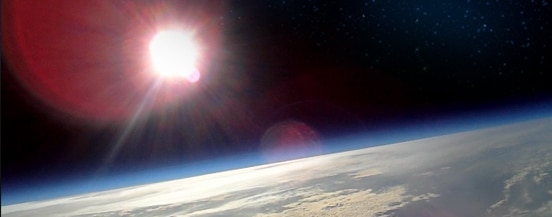There are so many great tools out there to assist teachers today. With technology advancing every day, this opens up a world of new ways to unlock student curiosity and give students new ways to understand and comprehend important lessons. One of these technologies is becoming increasingly more accessible to teachers at any level: high altitude balloons. Formerly only really accessible to government agencies, high altitude balloons are now being used in classrooms across the country, ranging from elementary schools up to college levels. There are many great aspects to teaching with a high altitude balloon.
Hands-on Education
High altitude balloons pair perfectly with STEM education. When given access to a balloon, students can be allowed to design and test their own experiments, and the limits of this are really their own imaginations. In the designing process, students have the opportunity to piece together their experiments with their own hands, ensuring they fit within the parameters of the payload box. Once the payload box floats safely back to Earth, the students can then examine the results of their experiments and determine their findings.
Technology
Access to the edge of space has recently only been available to NASA scientists and colleges. Now, though, they can be available to any classroom in the country. High altitude balloons come loaded with technologies. These can include temperature, pressure, and humidity sensors for students to evaluate the way the atmosphere in the edge of space is different than that we experience on the Earth’s surface. Miniature HD cameras can also be loaded onto the balloon, giving students an amazing view that only astronauts have been able to experience. Balloons are also loaded with tracking devices, which make tracking and chasing the balloon a fun and educational experience.
Visual Learning
Every student learns in a different way. While some can hear and read about the results of an experiment and understand, others need to actually see the experiment unfold to truly understand the results. High altitude balloons give those students the opportunity to see the experiment happen, from the beginning until the end. Seeing the changes in readings from onboard sensors gives them a first-hand look at the way the atmosphere can change, and opening the payload box to see the effects the change in atmosphere had on their experiment allows the student immediate visual confirmation of a hypothesis.
We should afford our students every opportunity to learn. By using tools like high altitude balloons, a student may discover that he or she has a passion for science and choose a career path. Tomorrow’s scientists will continue to shape the world in amazing ways. Provide them with an exciting way to learn, and they will thank you for it. Visit Stratostar a see some weather balloon projects come alive… View Here!



